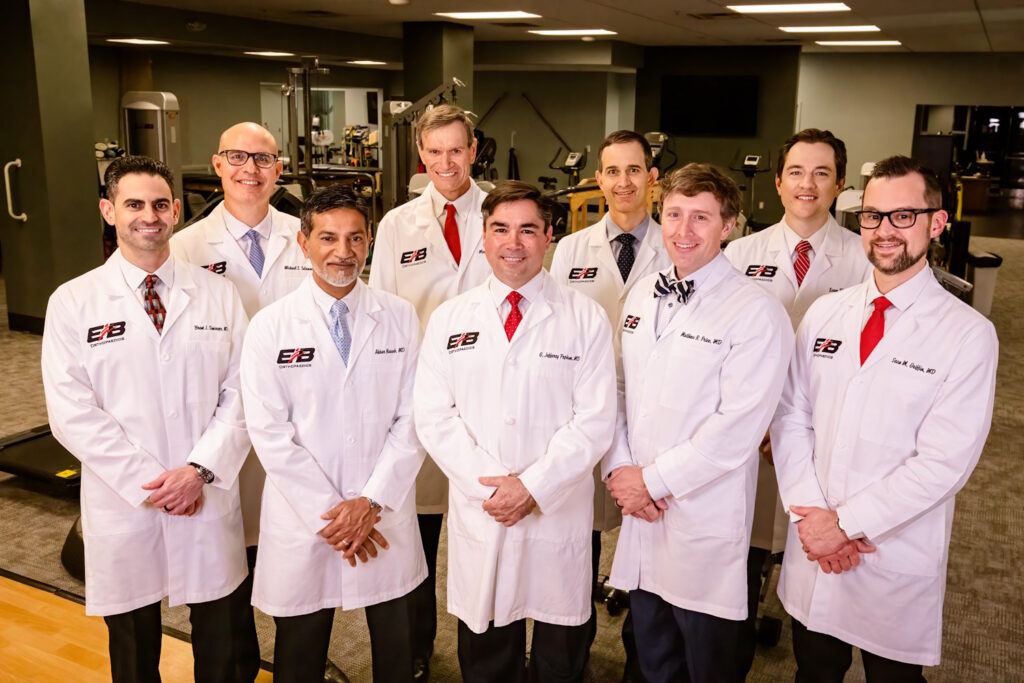Knee
Normal Anatomy of the Knee Joint
How does the Knee joint work?
Find out more in this web based movie.
Find out more about Normal Anatomy of the Knee joint with the following links
Arthroscopy of the Knee Joint
Arthroscopy is a surgical procedure in which an arthroscope is inserted into a joint. Arthroscopy is a term that comes from two Greek words, arthro-, meaning joint, and -skopein, meaning to examine.
The benefits of arthroscopy involve smaller incisions, faster healing, a more rapid recovery, and less scarring. Arthroscopic surgical procedures are often performed on an outpatient basis and the patient is able to return home on the same day.
Find out more about Knee Arthroscopy with the following links.
Anterior Cruciate Ligament (ACL) Reconstruction
The anterior cruciate ligament is one of the major stabilizing ligaments in the knee. It is a strong rope-like structure located in the center of the knee, running from the femur to the tibia. When this ligament tears, unfortunately, it does not heal and often leads to the feeling of instability in the knee.
ACL reconstruction is a commonly performed surgical procedure and, with recent advances in arthroscopic surgery, can now be performed with minimal incisions and low complication rates.
ACL tear
ACL injuries in women
ACL Reconstruction Hamstring Tendon
Patellar Tendinitis
Patellar Tendon Tear
Patellar Tendon Graft
Hamstring Graft Method
Uni Condylar Knee Replacement
This simply means that only a part of the knee joint is replaced through a smaller incision than would normally be used for a total knee replacement. The knee joint is made up of 3 compartments, the patellofemoral and medial and lateral compartments between the femur and tibia (i.e. the long bones of the leg). Often only one of these compartments wears out, usually the medial one. If you have symptoms and X-ray findings suggestive of this, you may be suitable for this procedure.
Find out more about Knee Replacement with the following links.
Revision Knee Replacement
Revision Knee Replacement may be necessary because part or all of your previous knee replacement needs to be revised. This operation varies from very minor adjustments to massive operations replacing significant amounts of bone, hence it is difficult to describe in full.
Find out more about Revision Knee Replacement with the following links.
Knee Meniscal injuries
MACI® (Autologous Cultured Chondrocytes on a Porcine Collagen Membrane)
Baker's Cyst
Bursitis of the Knee (Pes Anserine Bursitis)
Medial Collateral Ligament (MCL) Injury
Osgood-Schlatter Disease
Shin Splints (Medial Tibial Stress Syndrome)
Tibial Plateau Fracture
Achilles Tendon Injuries
Maci
Knee cartilage injuries will often get worse with time if left untreated. In patients undergoing cell-based knee cartilage restoration, lesions can progress and new lesions can form as time between cartilage biopsy and implantation increases. If conservative treatment has not worked to relieve pain associated with knee cartilage damage, MACI may be an appropriate treatment option.

